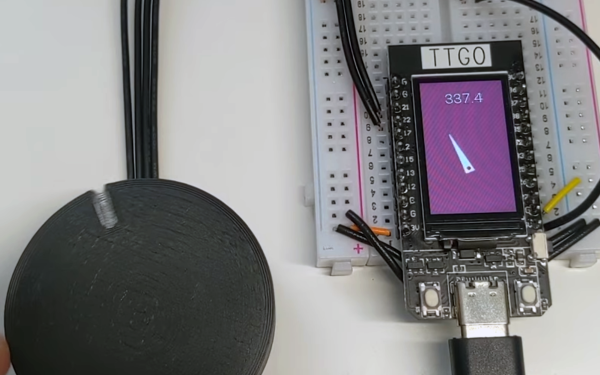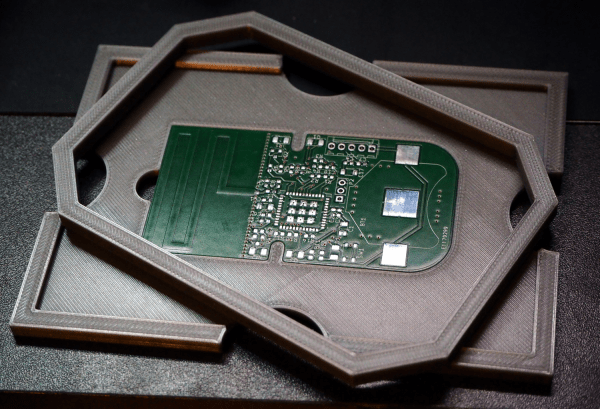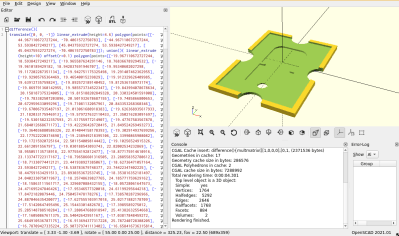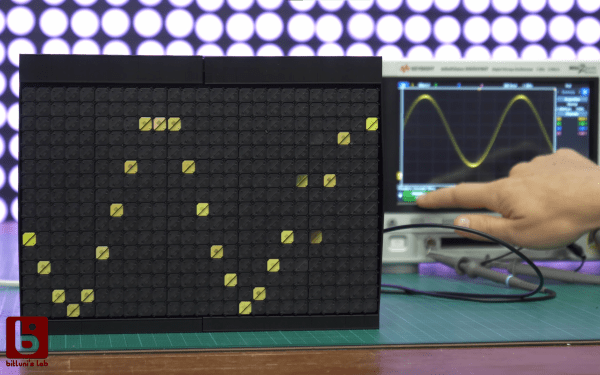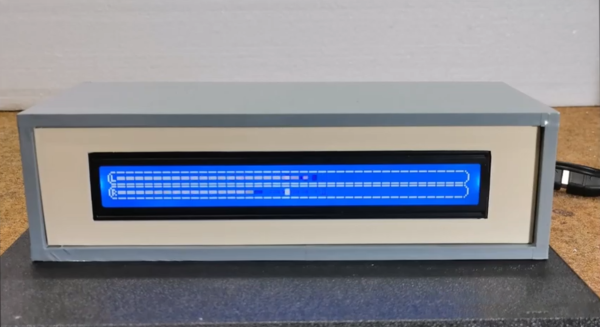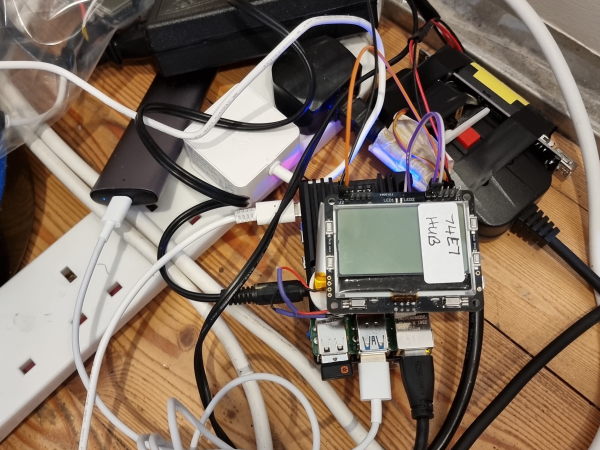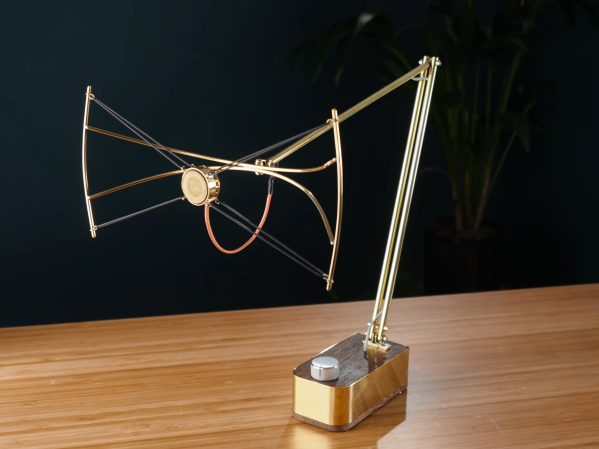Motorcycle rally racing is a high-speed, exciting, off-road motorsport that involves zipping across all types of terrain on two wheels. While riding, it’s extremely important for riders to know what’s coming up next — turns, straightaways, stream crossings, the list goes on. Generally, this is handled by a roadbook — a paper scroll that has diagrams of each turn or course checkpoint, along with the distances between them and any other pertinent information. Of course, this needs to be paired with a readout that tells you how far you’ve traveled since the last waypoint so you’re not just guessing. This readout usually takes the form of a rally computer, a device that can display speed, distance traveled, and course heading (and some of the fancier ones have even more data available).
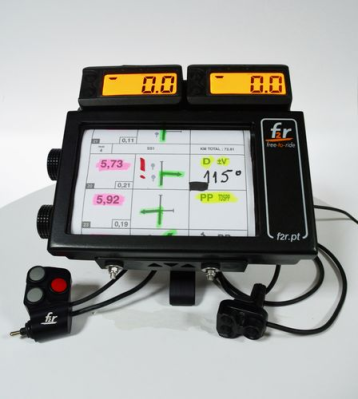
Frustrated with the lackluster interface and high cost associated with most rally computers on the market, [Matias Godoy] designed his own back in 2017, and was quick to realize he had a potential product. After several iterations he brought his idea to market with a small initial run, which sold out in a few hours!
He then took some time to reflect on the successful campaign. He decided that rather than continue to churn out units, he would open-source the design to make it available to everybody and see what the community could come up with. He published all of his design files to GitHub, and wrote up a wonderful blog post documenting the entire design process, from inspiration and early prototypes to his decision to go open source.
[Matias]’s project, the Open Rally Computer (formerly the Baja Pro) packages neatly in a CNC-machined case and features a nice high-visibility LCD display, a built-in GPS receiver, and an ergonomic handlebar-mounted remote. The data is crunched by an ESP32 microcontroller, which also allows for WiFi-enabled OTA updates. The end result is a beautiful and useful device that was clearly designed with great care. Love the idea but not a rally racer? If street bikes are more your thing then fear not because there’s an open source digital dashboard out there for you too.


